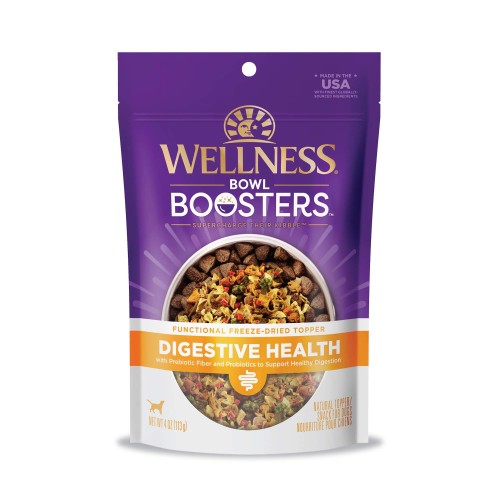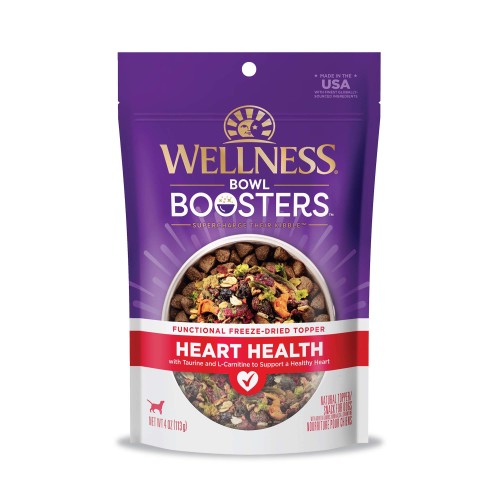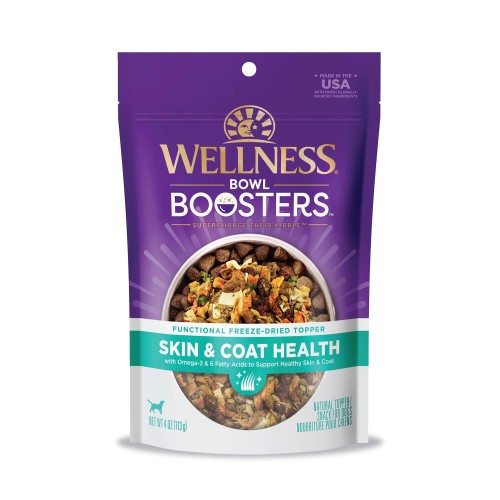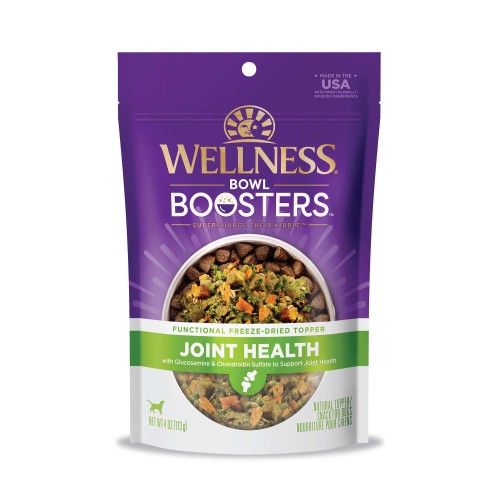June 27, 2018
How To Start Rotational Feeding For Dogs
Rotational Feeding For Dogs
Note: Rotational feeding is not recommended for dogs with food allergies or sensitivities. Some animals with food allergies can be predisposed to developing further allergies.
There are many ways to add variety to your pet’s mealtimes. Rotational feeding for dogs can add variety through flavor (ex. chicken, lamb, salmon or pork), texture (ex. kibble, wet food, freeze-dried, air-dried) and nutrients (ex. Amino acids, minerals, fatty acids). For some pet parents, adding variety means mixing kibble and wet food together in the bowl, while for other pet parents it might mean feeding kibble for breakfast and wet food for dinner. Others may choose to only feed dry kibble, but rotate flavors with each new bag that they purchase. Any of these combinations is acceptable – they all add variety!
The Benefits Of Rotational Feeding
Don’t let your pet become food bored. Rotational feeding can help maintain and increase your pets interest in eating. Also, while a complete and balanced dog food guarantees that your dog will get sufficient nutrients; rotating foods allows your dog to consume ingredients that could be richer in certain vitamins, minerals and amino acids than others, contributing to an overall increase in health and wellbeing.
OK, I’m Interested – How Do I Start A Rotational Diet For My Dog?
When starting a rotational feeding program, pet parents should look for recipes that have similar fat content, fiber content, and ingredients to minimize risks of indigestion. When rotating from one product to another, be sure to follow the feeding guidelines for each product to ensure your pet is getting their daily nutrient requirements without overfeeding.
The most common approach to rotational feeding is through the variation of protein sources. Each protein source (such as chicken, lamb, beef, and fish) has unique benefits and differs in their amino acid, fatty acid, vitamins and mineral content. Since each protein source naturally contributes different levels of nutrients, complete and balanced pet foods are always formulated to prevent any nutrient deficiencies – meaning that other ingredients are added to the protein in appropriate amounts to ensure a healthy, balanced diet.
The Benefits Of Each Protein Source:
- Chicken is a highly palatable and relatively lean protein. It is a very good source of B vitamins, phosphorus, selenium, and linolenic acid (omega-6 fatty acid)

- Lamb is a highly digestible, energy-dense protein. It is a good source of B vitamins, phosphorus, zinc, iron, and linolenic acid and conjugated linolenic acid (omega-6 fatty acid). Conjugated linolenic acid is becoming an increasingly popular nutritional supplement as it can help with ideal weight management.

- Salmon is a very palatable protein source that is moderately energy-dense. It is a good source of vitamin A, B vitamins, phosphorus, selenium, iron, and omega-6 fatty acid (arachidonic acid). It is also an excellent source of the long-chain omega-3 fatty acids EPA and DHA.

Are you interested in trying rotational feeding? If so, you can browse our high-protein, grain-free CORE dry dog food options. And if you need some advice, our knowledgeable Consumer Affairs team is happy to help!






